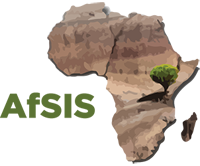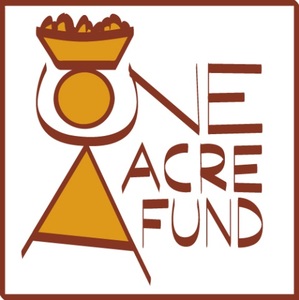geosurvey
Explore and diagnose the world’s natural and man-made resources.
Help us train AI to better understand this planet.
Run a survey
- Launch surveys to rapidly gather geospatial data.
- Classify land cover, houses, roads, and photos.
- Control participants and regions of interest.
- Measure progress and review submissions.
- Keep data private, or share with the public.
Participate in surveys
- Teach AI to recognize the world's natural resources.
- Empower policy makers with better environmental data.
- Detect and diagnose plant diseases and deforestation.
- Contribute to novel scientific research and citizen science.
- Earn rewards for your contributions!
Applications
Land Cover Mapping
Many parts of the world lack updated information about precise locations and counts of human settlements, croplands, and other kinds of land cover. By coupling the training datasets gathered through Geosurvey with machine learning, we can auto-generate land cover maps at the polygonal-tracing level. These maps are vital to policy makers for agricultural expansion and urban planning.
Optimized Field Sampling
Projects requiring on-the-ground data collection, such as the Africa Soil Information Service (AfSIS), can use Geosurvey to plan efficient sampling expeditions. In Tanzania and Ethiopia, Geosurvey was first used to create updated cropland maps, thereby specifying the region for field crews to sample within. This resulted in major savings of logistical costs.
Tracking Change
By comparing imagery from multiple sources and times, we can help track the effects of deforestation, urbanization, and industrial scale terraforming occurring throughout the world, hidden from most news sources and search engines.
Telemedicine
By pairing Geosurvey with its mobile app companion, Geosurvey Collect, our partners have an advanced ICT platform for bolstering ground collection with support from remote experts. This has been used at One Acre Fund to photograph ailing crops in hundreds of counties across Kenya and have them diagnosed by field crews with near real-time feedback.
Machine Learning
Geosurvey enables you to create labeled geospatial data rapidly and systematically for AI. To date, several millions of data records have been created through Geosurvey to train high-performance AI for classification and segmentation of land cover usage.
Data sources
Remote Sensing
Geosurvey can use satellite imagery from all popular providers, such as Google Maps, Bing Maps, DigitalGlobe, PlanetLabs, and MapBox. Moreover, it can draw from any web tile mapping service, such as processed NOAA layers or drone imagery orthomosaics served from maps.qed.ai.
Ground Validation
Ground validation data, such as socioeconomic surveys, agricultural management surveys, and mobile photography, can easily be collected through Geosurvey Collect and then streamed into Geosurvey. This information can also be used to calibrate remote sensing data that is used for spatial interpolation models.
Acknowledgements
We express thanks to our partners for supporting us in the development of Geosurvey.






Get in touch
Please contact us for inquiries about Geosurvey, partnerships, and how we can satisfy your geospatial mapping needs.